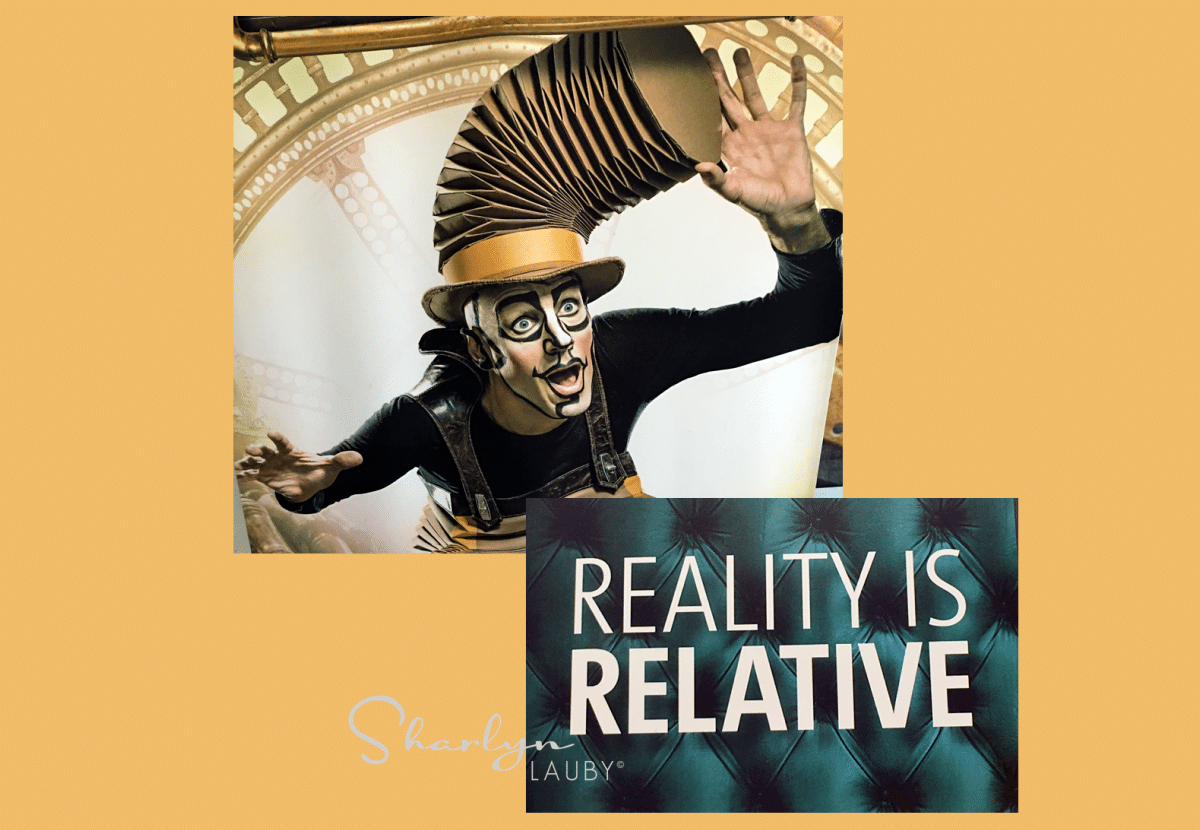Realistic Job Previews: 5 Questions Recruiters Should Ask
Candidates are researching organizations before they ever apply for a job opening. According to an article on Jibe, 76 percent of candidates do their own due diligence when conducting a job search. Instead of viewing this as a negative, organizations should use this as an opportunity to make sure the information out there is the information you want candidates to know about you and the jobs you offer.
For example, organizations can give candidates a “sneak peek” into what it’s like to work at the company by using a realistic job preview in their recruiting marketing strategy. Now, I know what you’re thinking, “We’re not perfect.” And you’re right. Every company has some negatives. No one likes putting their bad side out there.
Companies have the chance to be strategic about offering candidates a glimpse of what it’s like to work there and allowing the candidate to opt-out should they so choose. That’s not a bad thing…for anyone. But for realistic job previews to do what they’re intended to do, here are five questions to ask yourself:
1. Is the realistic job preview about the company or the work (or both)? Realistic job previews deal with two things: 1) the work itself and/or 2) the way work gets accomplished. Be intentional in what you’re trying to get across.
2. What do you we want candidates to know? “Everything” is not the correct response here. A realistic job preview isn’t a substitute for orientation, onboarding, or training. Identify the tasks or responsibilities that you want to make sure candidates know about the job.
3. When is the best time to share your information with candidates? Once you’ve identified those things you’d like for candidates to know, consider when it’s best to share this information – before applying, during screening interviews, or during in-depth interviews.
4. Who is the best person to share that info? Information can come from HR or the hiring manager (or possibly both). If the company does collaborative hiring, maybe it should come from a future colleague. Or it could be something you want every candidate to see, so it should be in a video on the company career site.
5. What’s the answer you’re looking for? It’s one thing to give candidates a realistic job preview. But organizations need to get a response from the candidate. The hiring team needs to reach agreement about the best way to evaluate the candidate’s reaction.
One of the real-life examples that comes to mind when I think of realistic job previews is a video from Google meeting. Not only does it share information about search for Google users, but it shows how meetings happen at the company. Personally, I think you can tell a lot about a company by sitting in one of their meetings.
I also read an article recently titled “Meet Your Future Office Via Virtual Reality”, where project designers are using virtual reality (VR) technology to show clients their office space before it’s ready. Wouldn’t it be cool if this idea extended to candidates? A job candidate would be able to walk around like they were actually in their own workspace.
Realistic job previews allow companies to share important aspects of the job and the company culture with candidates, hopefully before they apply. That way, there are no surprises later in the hiring process, which can ultimately increase employee retention.
P.S. I’m very excited to be speaking about manager onboarding at this year’s Recruiting Trends & Talent Tech conference being held in November at the Palm Beach County Convention Center. With recruiting being both a challenge and a top priority for companies, this is one show you do not want to miss. HR Bartender readers get a $100 discount on premium passes to the event.
14